
Comfort layers are a key component of a mattress, delivering the full-body relief you feel when sleeping on the right bed.
All the best mattresses contain multiple layers of material, and understanding these layers can help you choose the right bed for your sleep needs. Comfort layers, which sit at the top of the mattress, are best known for delivering cushioned pressure relief.
Comfort layers can be made from a variety of materials, including foam and springs, with different materials delivering various benefits for your sleep. In this guide, we'll break down the most commonly used mattress materials and explain what to look for in finding the right comfort layers for your needs.
What are mattress comfort layers?
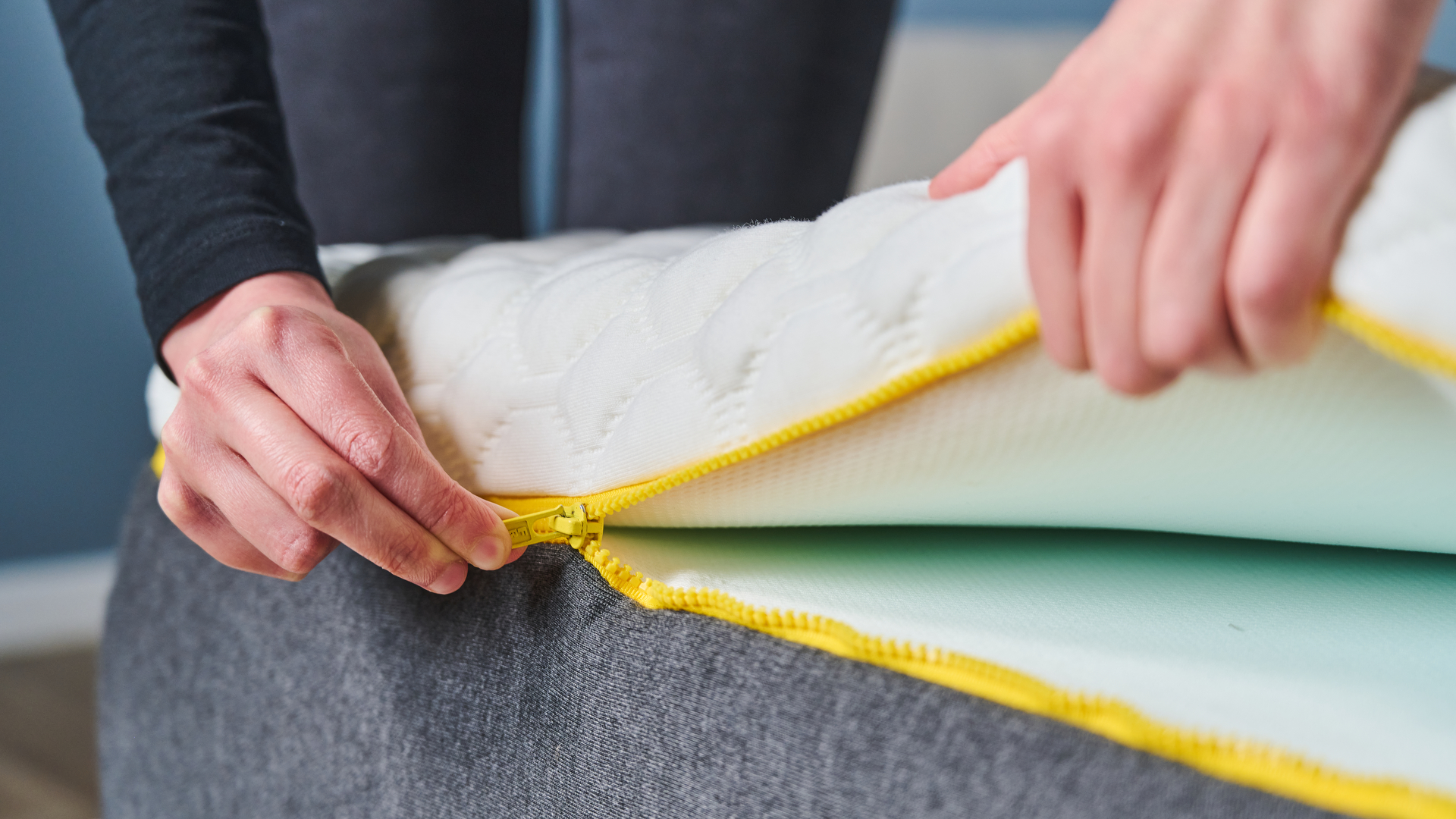
Some mattresses use multiple layers of comfort material. This is known as a 'comfort system.'
'Comfort' is an apt name for this mattress layer as it's largely responsible for that 'ahh' feeling when you curl up on the right bed. Known for their cushioning, comfort layers tend to be made of softer materials than the layers beneath.
However, comfort layers aren't always super-plush. They can encompass a variety of feels and contribute to the overall mattress firmness.
Softer comfort layers contour to the body, offering padded pressure relief where you push against the mattress. Firmer comfort layers prevent sinkage to hold the spine aloft, with subtle contouring.
The main purpose of a comfort layer is pressure relief, but it serves other functions, including motion absorption, temperature control, and even muffling noise.
What's the purpose of mattress comfort layers?
The primary aim of a comfort layer is, of course, comfort — but these essential mattress layers are more than just a bit of padding. A comfort layer can offer...
- Pressure relief: On a mattress, pressure builds up where you push against the bed, often at the hips and shoulders. Comfort layers contour the body to distribute your weight and reduce aches and pains.
- Support: The support in a mattress primarily comes from the base, but firm or bouncy comfort layers can add support by keeping the body lifted.
- Temperature regulation: Comfort layers can be made with breathable materials or cooling infusions to help you maintain a comfortable temperature. (However, some comfort materials can increase heat build-up.)
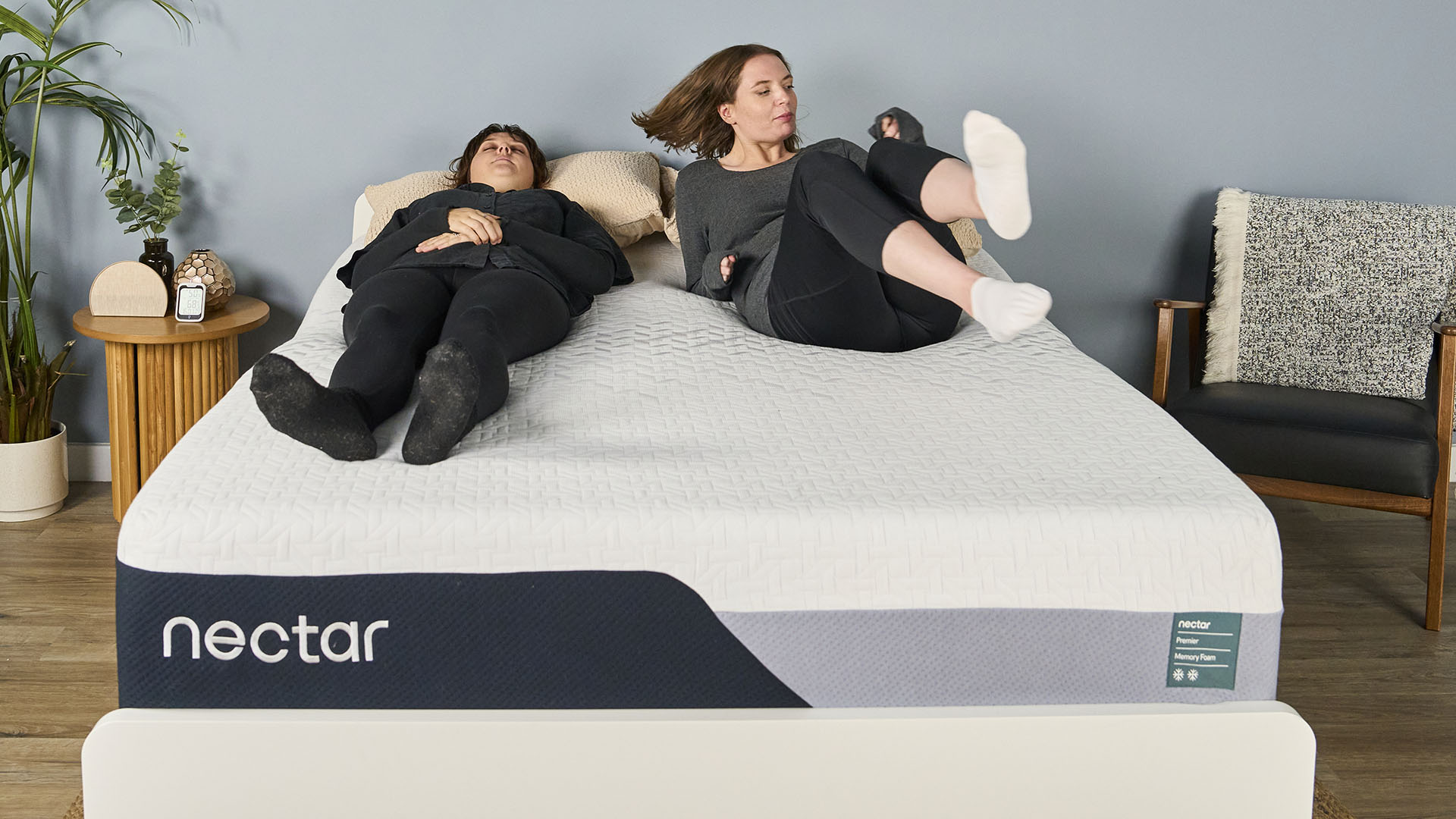
- Motion isolation: Bed sharers can be kept awake when movement from a restless partner on one side of the bed travels across the mattress to disturb the person on the other. Comfort layers can absorb this motion before it gets to you.
- Noise cancellation: Spring-based mattresses often grow squeaky as they age, but comfort layers can deaden the sound.
- Cushioning: An underrated job of the comfort layer is to provide a necessary barrier between you and the firm mattress support layer.
What other layers make up a mattress?
Most modern mattresses consist of multiple internal layers, wrapped in a cover. Each layer serves an important function, and when combined, they make up the overall feel of the mattress. Here's a rundown:
1. Comfort layer
This top-most layer is responsible for pressure relief in a mattress. An average comfort layer is around one to three inches thick, but tall and luxurious mattresses often have multiple comfort layers. In these designs, the comfort system might measure four inches or more.
2. Transition layer
The transition layer sits below the comfort layer(s), acting as a buffer between the softer materials above and the firmer core below. This layer also helps increase the durability of a mattress.
Not all mattresses have a proper transition layer. For example, simplistic budget models, such as the Siena Memory Foam Mattress, consist of a comfort layer and a support core.
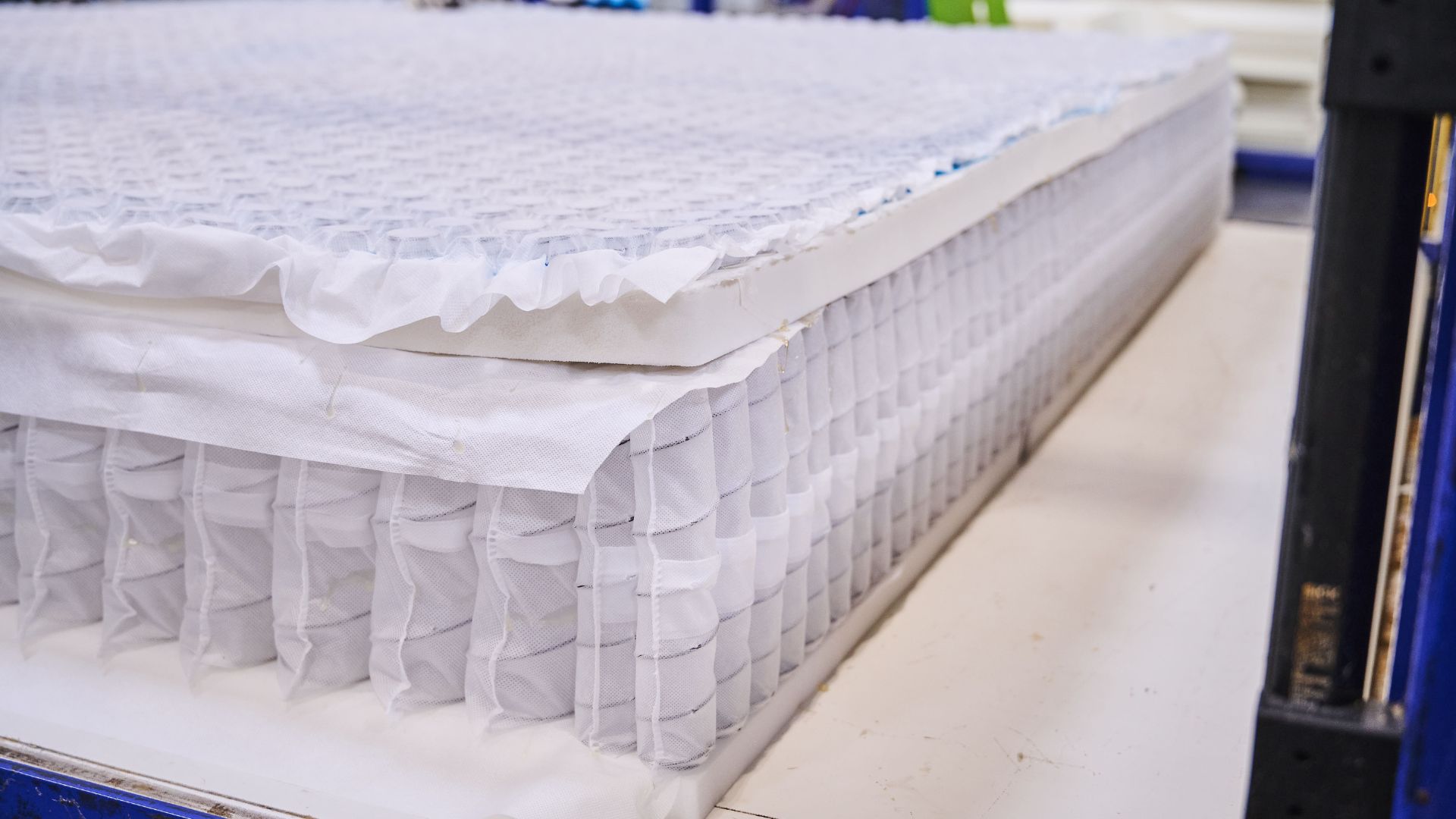
3. Support layer
This is the core of the mattress, located at the bottom of the bed. A support layer (also known as a support core) is made of dense foam or springs and comprises the bulk of the mattress, often measuring between six and eight inches tall. As well as supporting the body, this layer adds durability.
4. Cover
All mattresses are wrapped in a cover, usually made from cotton, polyester, Tencel, or wool. Some even contain integrated cooling fibers. Plush mattresses sometimes feature a layer of padding sewn directly to the cover.
Mattress comfort layer materials
Mattress brands make comfort layers from an array of materials, although the majority of the best mattresses in a box use a foam comfort system. Each material has its pros and cons and the type of comfort layer contributes to the overall feel and performance of your mattress.
1. Memory foam
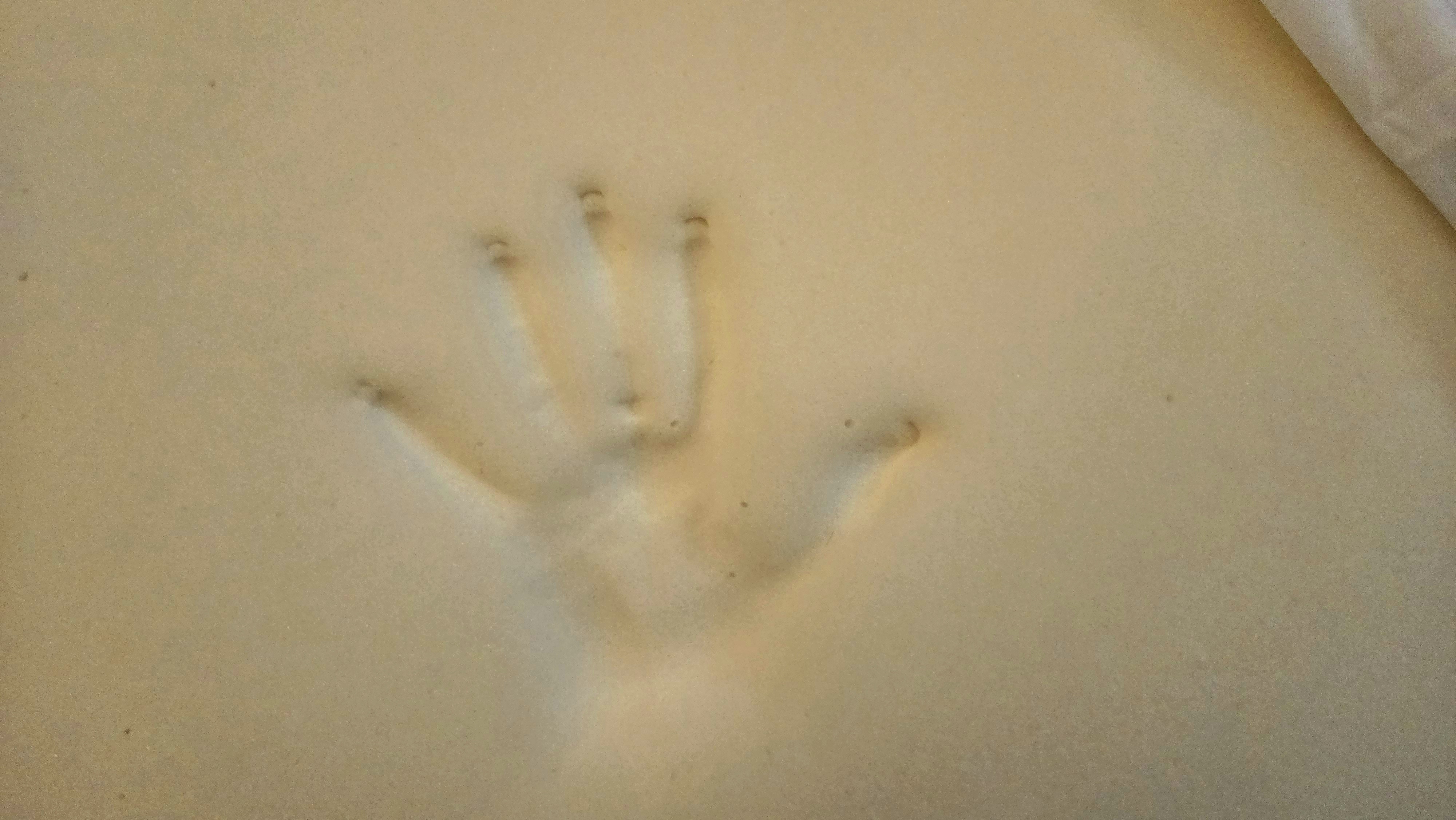
Memory foam pros
- Excellent pressure relief
- Absorbs movement well
- Versatile
- Stifles noise
- Often affordable
Memory foam cons
- Can trap heat
- Some find it stifling
Memory foam is known for its slow-moving, contouring feel, making it a popular choice in both all-foam and hybrid mattresses. Initially developed by NASA, memory foam was later adapted for mattresses as Tempur Material, before making its way to the wider sleep market. The best memory foam mattresses have a high level of pressure relief, thanks to this adaptive top layer.
Memory foam softens when it encounters heat and weight, giving it that distinctive 'hug.' By cradling the body, memory foam reduces pressure build-up, which is why it's sometimes recommended for those with joint pain.
When weight and heat are removed from memory foam, it returns to its original form — typically slowly, but some foams have a faster response time. Memory foam comfort layers often have fantastic motion isolation, as the foams eat up excess motion before it can travel along the bed.
However, some find the cradling effect of memory foam stifling, and as it lacks bounce, it can be hard to change position. In addition, memory foam can trap heat. Modern mattress manufacturers often try to offset this through cooling infusions, such as gel, copper, or graphite.
Quality memory foams typically have a high-density build; that's more pounds per cubic foot (PCF). Denser foam is more durable, but it's also more likely to trap heat.
Density doesn't, however, define firmness. Memory foam can be firm or soft, depending on the chemical composition. Just one of the reasons why it's popular as a comfort layer.
2. Latex
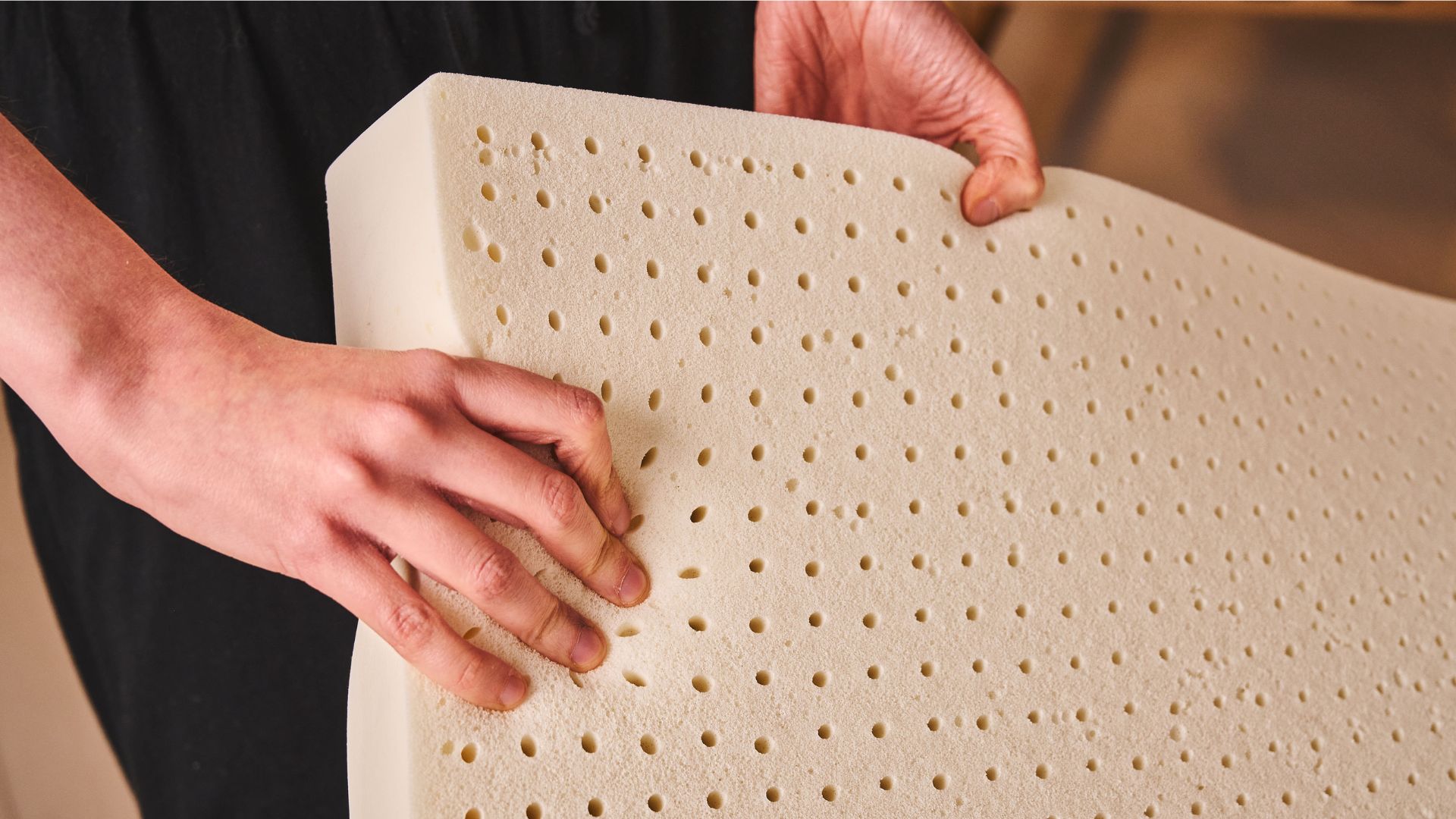
Latex foam pros
- Good for support
- Easy to move on
- Naturally breathable
- Durable
Latex foam cons
- More motion transfer
- Expensive
- No 'hug'
Latex foams are commonly used as comfort materials in the best organic mattresses. Both natural latex (made from rubber tree sap) and synthetic latex foams are used in mattresses. Here, we're focusing on natural latex.
Known for its 'bounce', latex foam doesn't have the same body-hugging feel of memory foam. You're more likely to lie on top of a latex comfort layer than sink into it.
This is good for support, but the trade-off is deep pressure relief. As latex foams have less contouring than other comfort materials, they tend to suit back and stomach sleepers, who require less pressure relief than side sleepers.
Latex is naturally breathable, so a latex comfort system will often sleep cooler, making it a good choice for those who experience night sweats.
However, the bouncy feeling of latex does have a big disadvantage: motion transfer. It's easy to change position on latex, but you might find you disturb your partner every time you shift.
Latex beds are among the most expensive types of mattresses, but they're also among the most durable beds. You can get a lot for your money.
3. Polyfoam
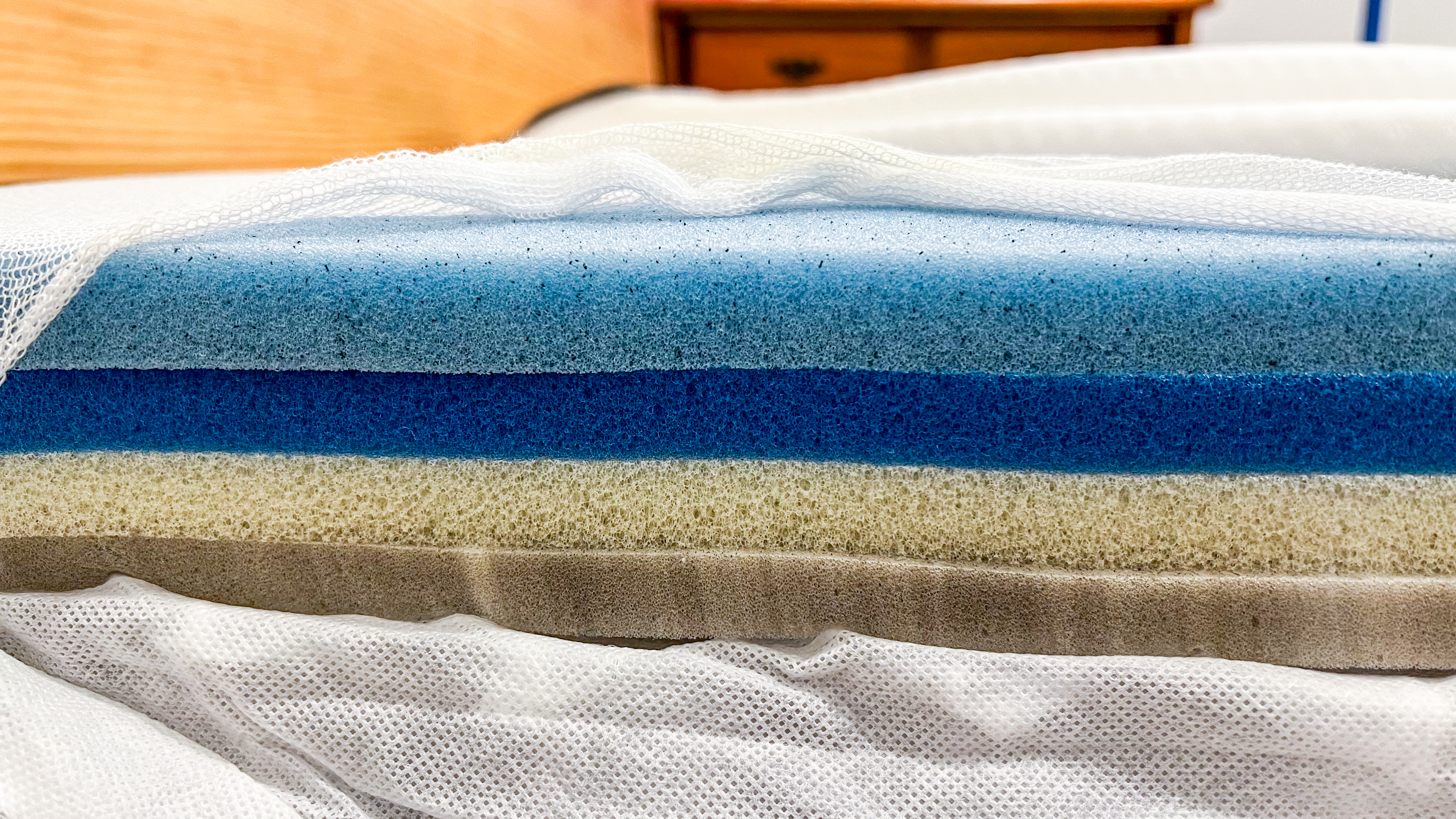
Polyfoam pros
- Affordable
- Versatile
- Good motion isolation
- Absorbs noise
- Some contouring
Polyfoam cons
- Lacks durability
- Can sleep warm
- No 'hug'
Polyfoams, or polyurethane foams, are budget-friendly comfort layers often used in cheap mattresses. Derived from petrochemicals, polyfoams used to be hugely popular, but they've been largely usurped by memory foams.
Known for its low cost and versatility, polyfoam can embody many different feels and properties. At its best, polyfoam often delivers good motion isolation and decent cushioning.
But while polyfoam does have some advantages, this is a low-density material that lacks the contouring of memory foam or the support of latex. It also struggles with durability.
A mattress made with polyfoam is likely to show dips and sagging after just a few years of use, putting it at the low end of mattress longevity.
4. Natural fibers
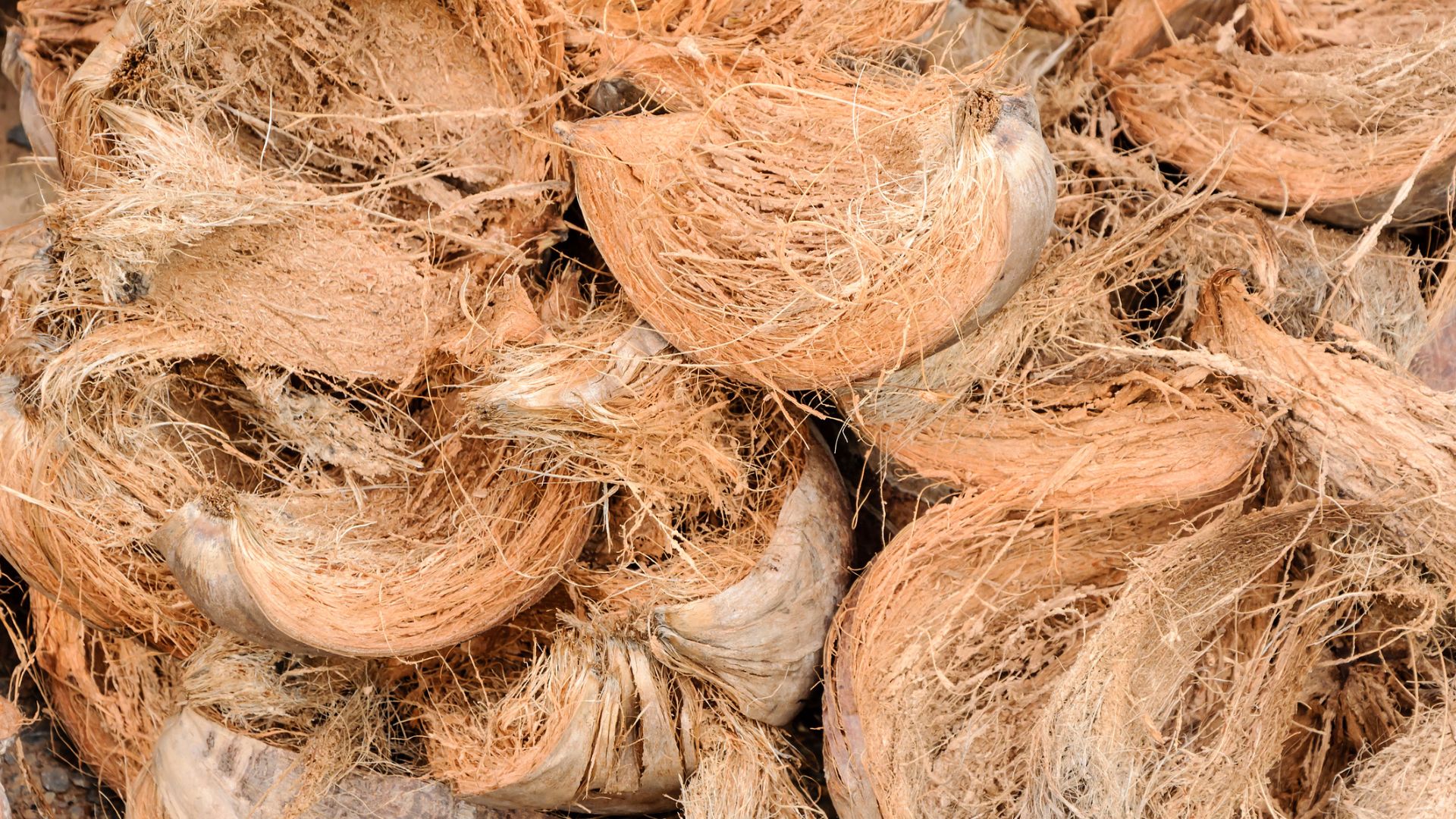
Natural fiber pros
- Eco-friendly
- Durable
- Naturally breathable
Natural fiber cons
- Expensive
As the popularity of eco-friendly mattresses grows, natural fibers are increasingly utilized for comfort layers. Wool, cotton, and silk are all good materials for comfort layers, as are hemp, horsehair, and coconut coir (or a combination of natural fibers).
These natural materials are best known for their breathability, making them a good pick for those prone to sleeping hot. Many of these materials are also naturally absorbent, keeping you fresh even on a sweaty night.
Natural fibers are typically durable, which helps offset the expense; these comfort layers tend to be used in only the best luxury mattresses.
5. Microcoils

Microcoil pros
- Targeted pressure relief
- Increases airflow
- Easy to move around on
- Can feature ergonomic support
Microcoil cons
- Can start squeaking with age
- Lacks the durability of foam
The best hybrid mattresses use springs to create a supportive base. These springs measure around six inches and are made from a high-gauge steel to keep the body lifted from head to toe.
Microcoils work on a much smaller scale. They typically measure between one and four inches and are designed for pressure relief. Microcoils can respond to even the tiniest movements to ensure they're always contouring to your body.
Due to the open build of springs, microcoils promote airflow to keep your bed cooler. They can also deliver targeted support through the use of higher gauge coils, but this is only found in premium mattresses.
However, microcoils are bouncy. That makes them easy to move on, but they often need to be used in conjunction with foams to limit motion transfer.
Also, as they age, microcoils can become squeaky, and springs generally don't have the durability of a high-quality foam.
What about mattress toppers?
The best mattress toppers act almost as an additional comfort layer to an existing mattress. They have relatively thin builds — we recommend a mattress topper thickness of around three to four inches — and sit on top of your existing bed.
Mattress toppers typically use the same materials as comfort layers, with memory foam mattress toppers a popular and affordable method for softening a firm bed.
When the comfort layers of your mattress inevitably start to show wear, a mattress topper can be used to breathe some life back into your bed.







